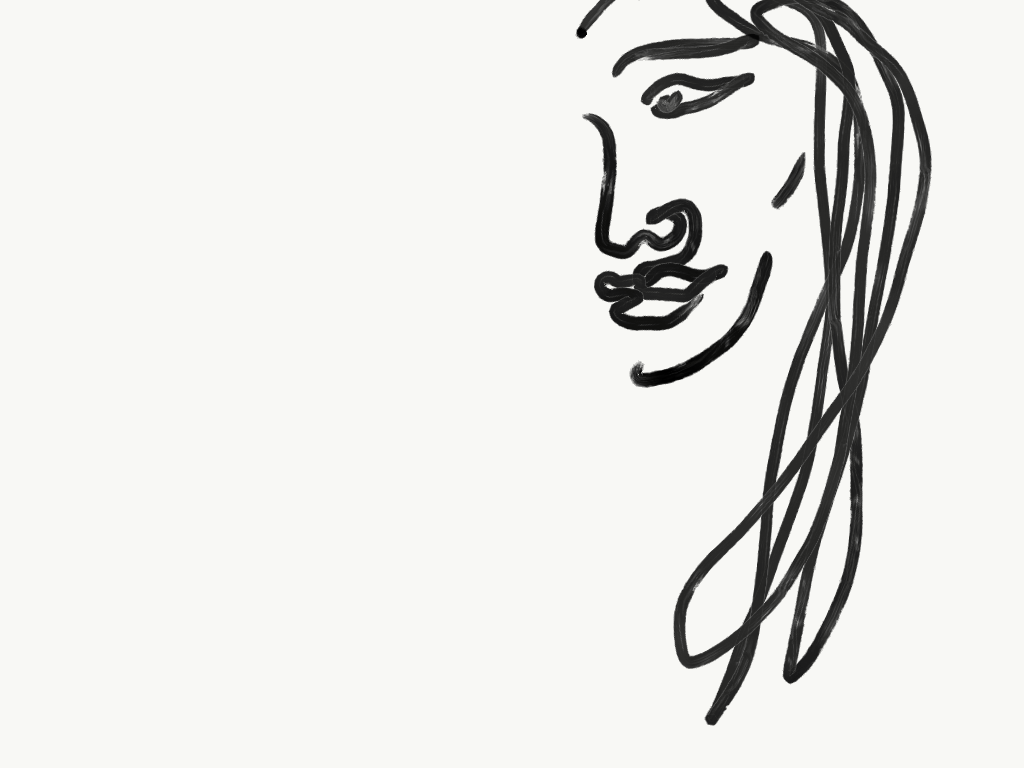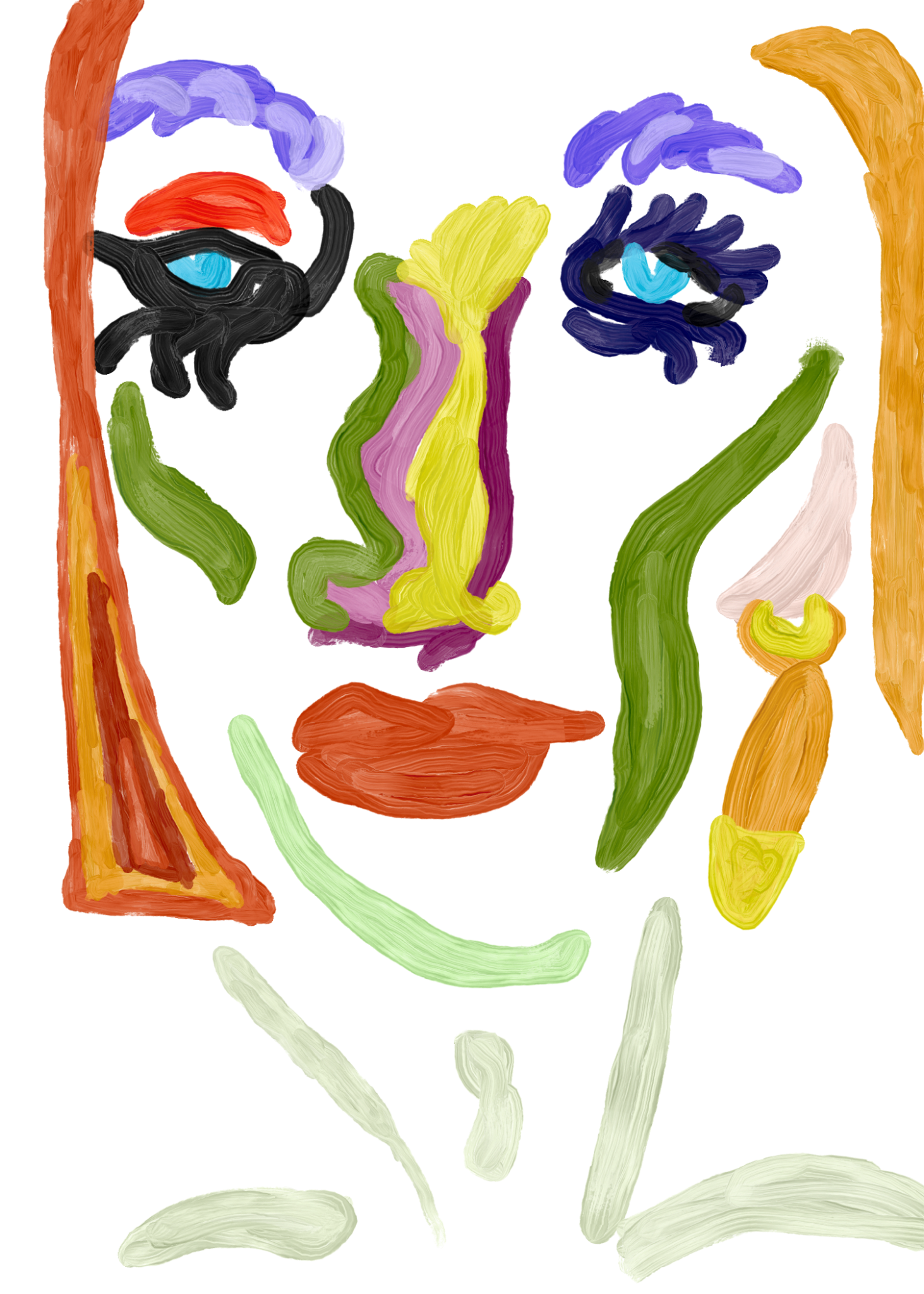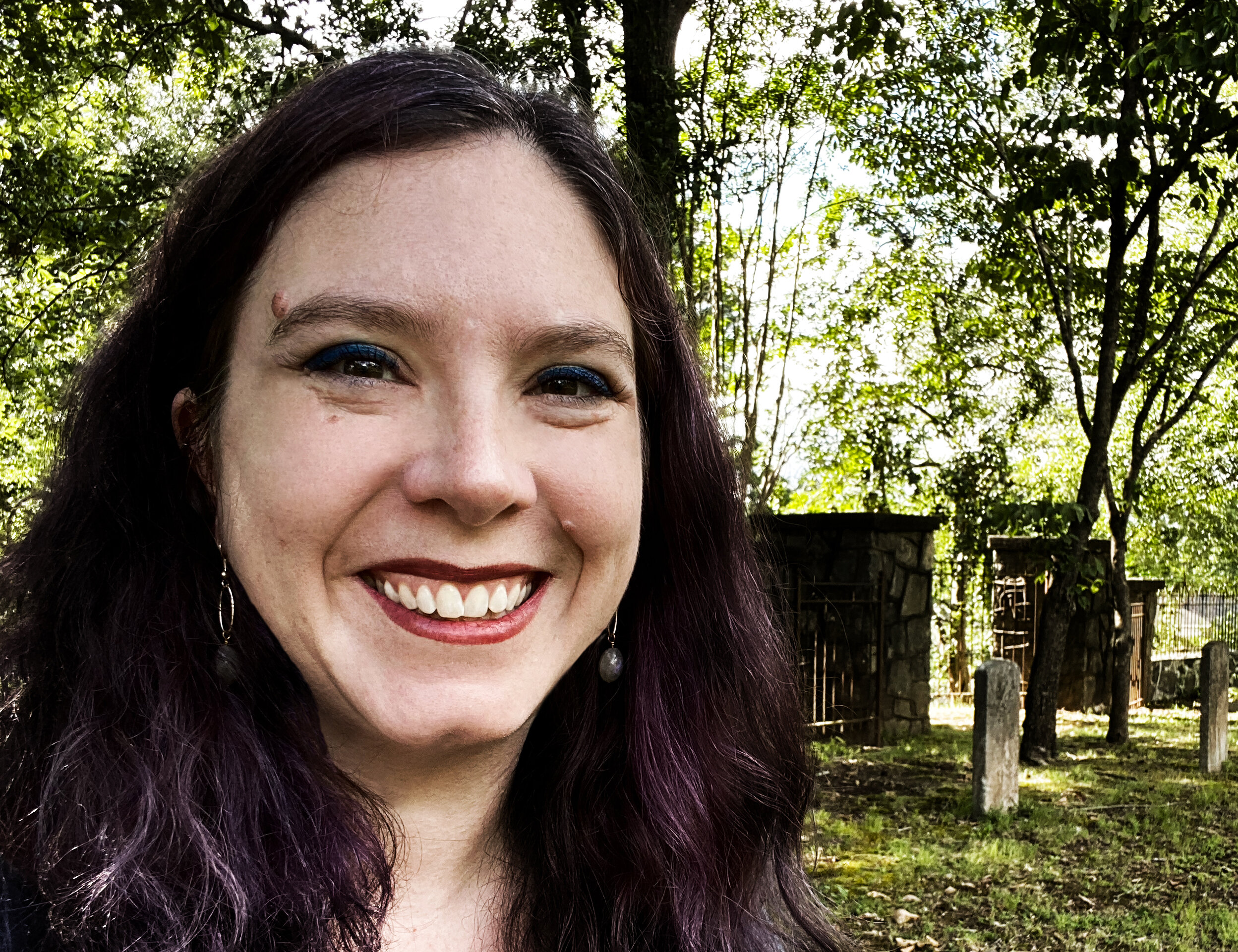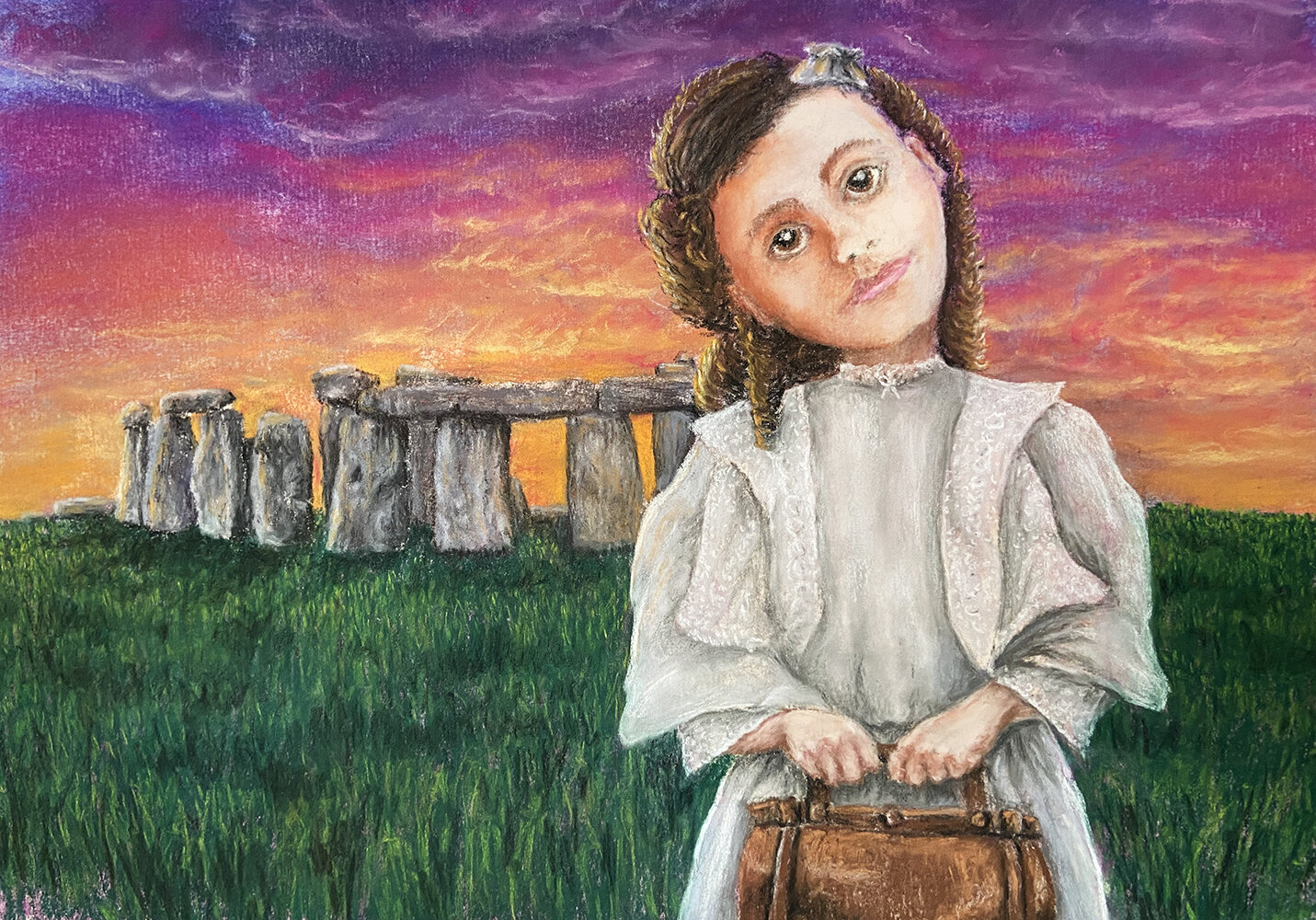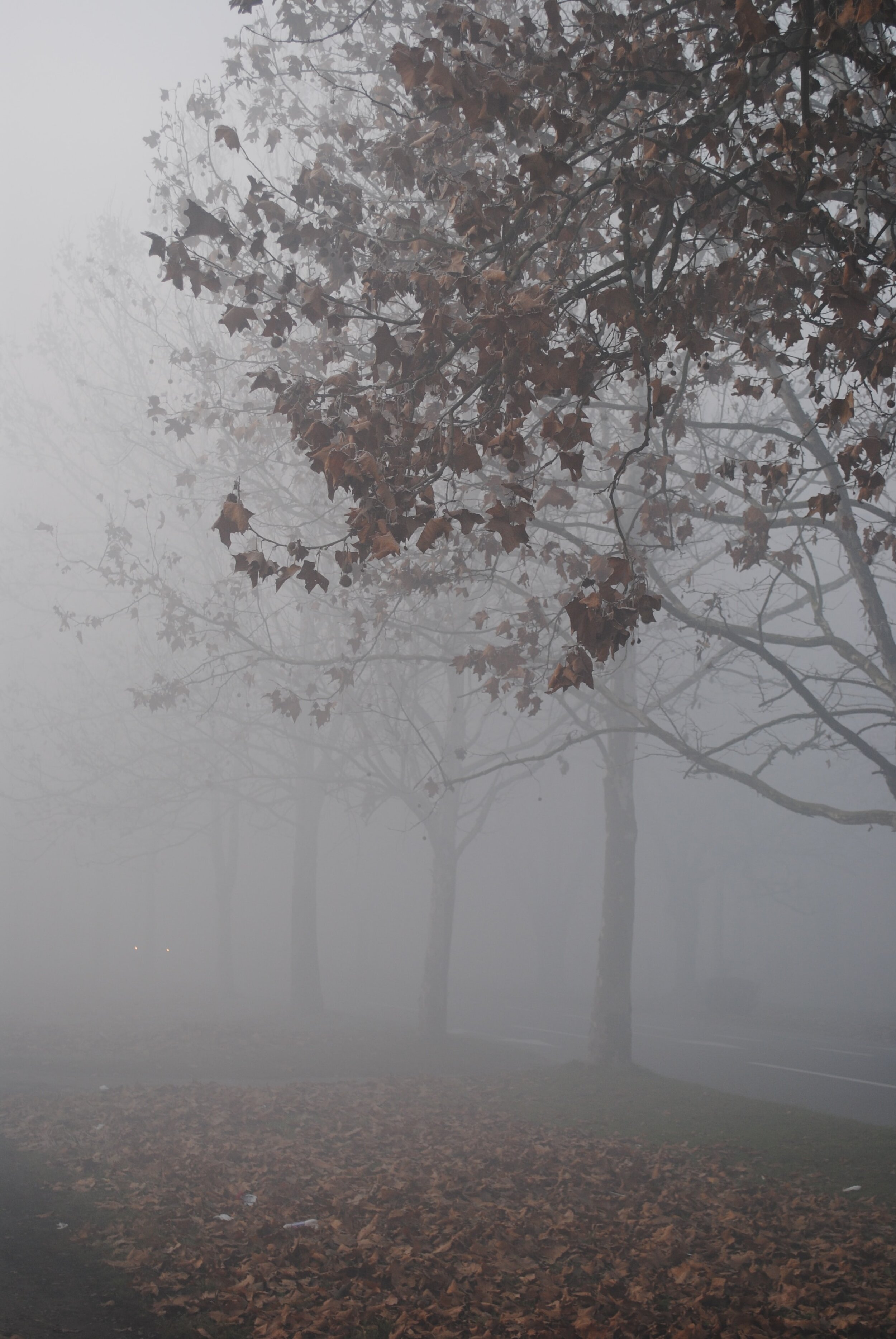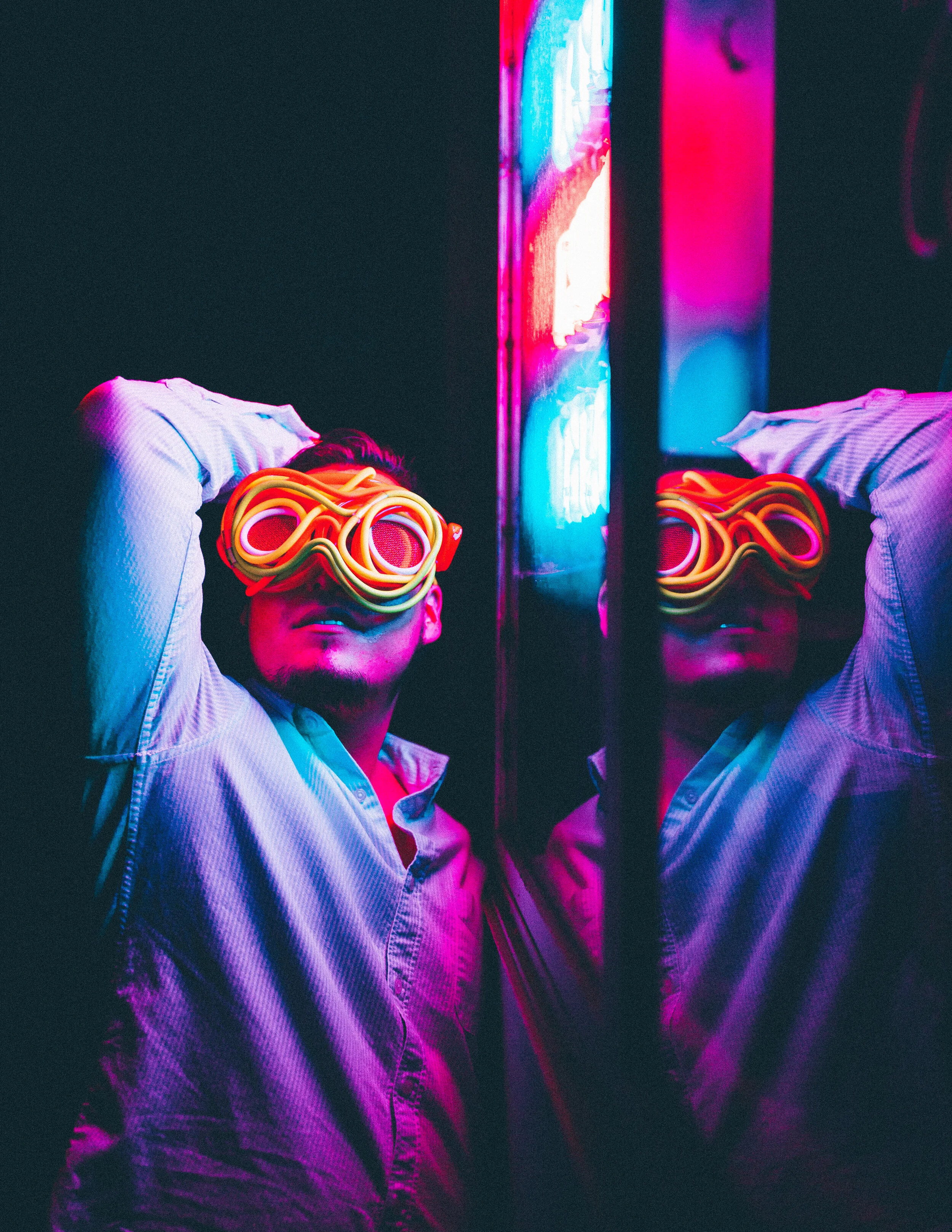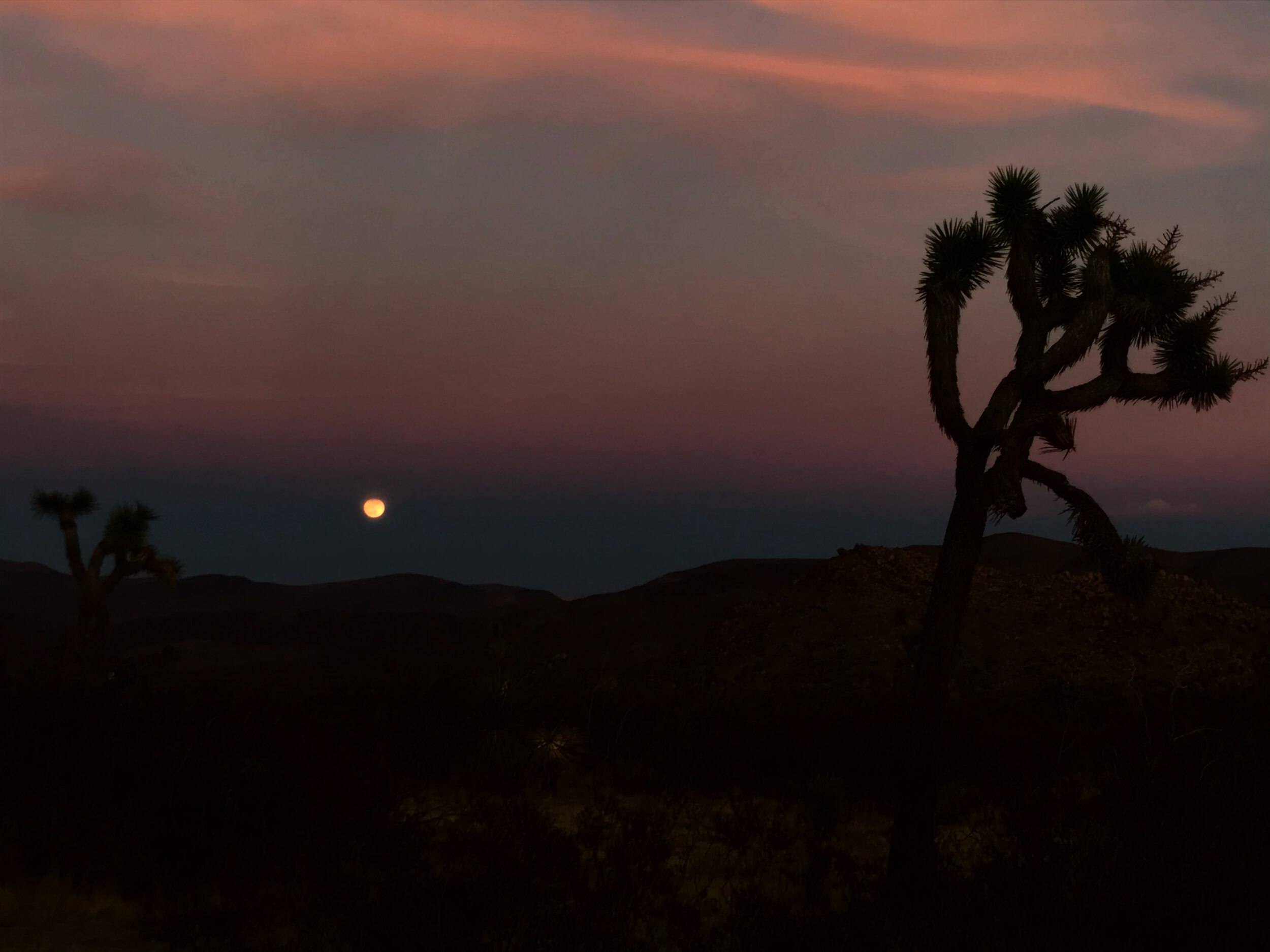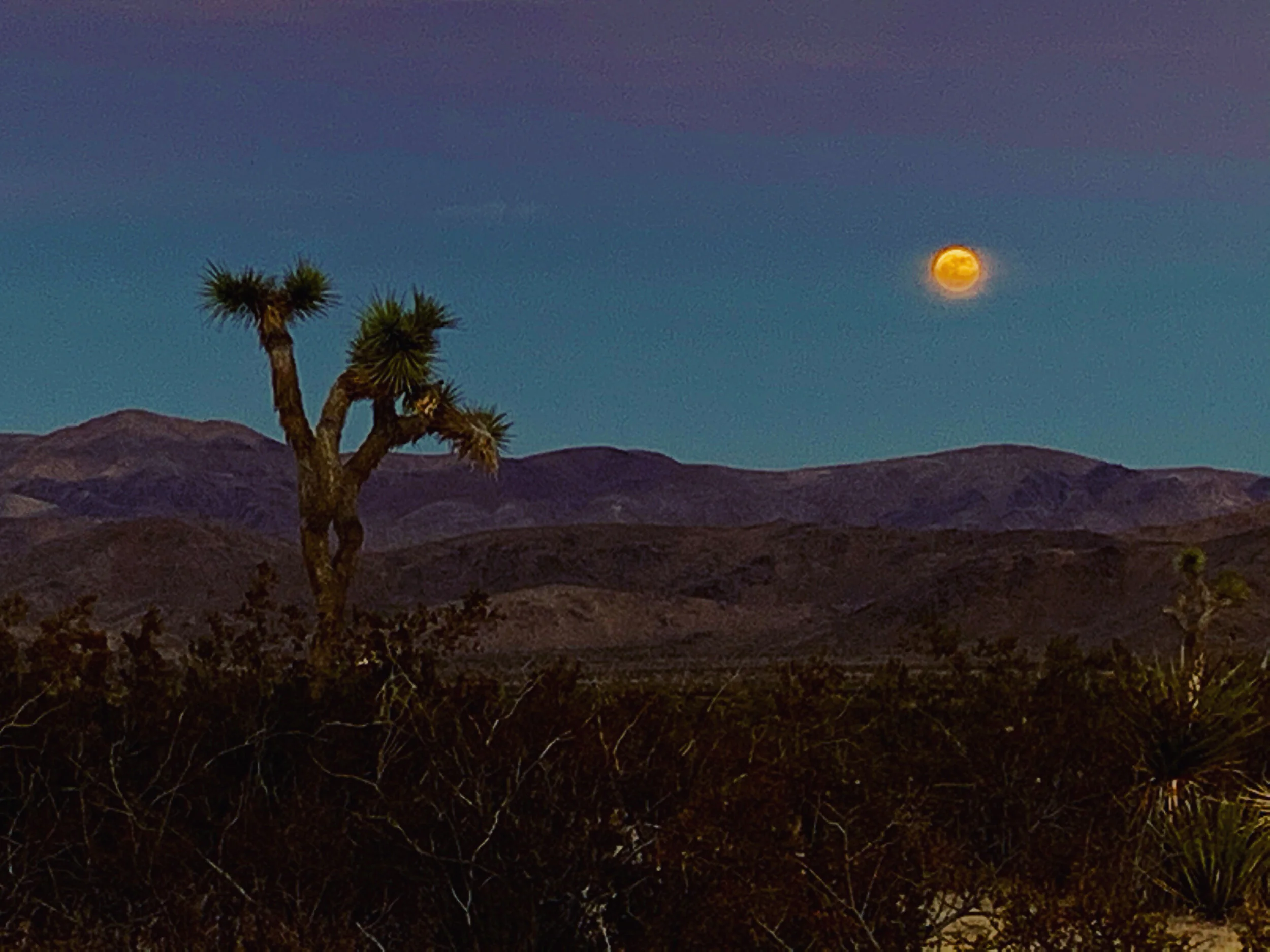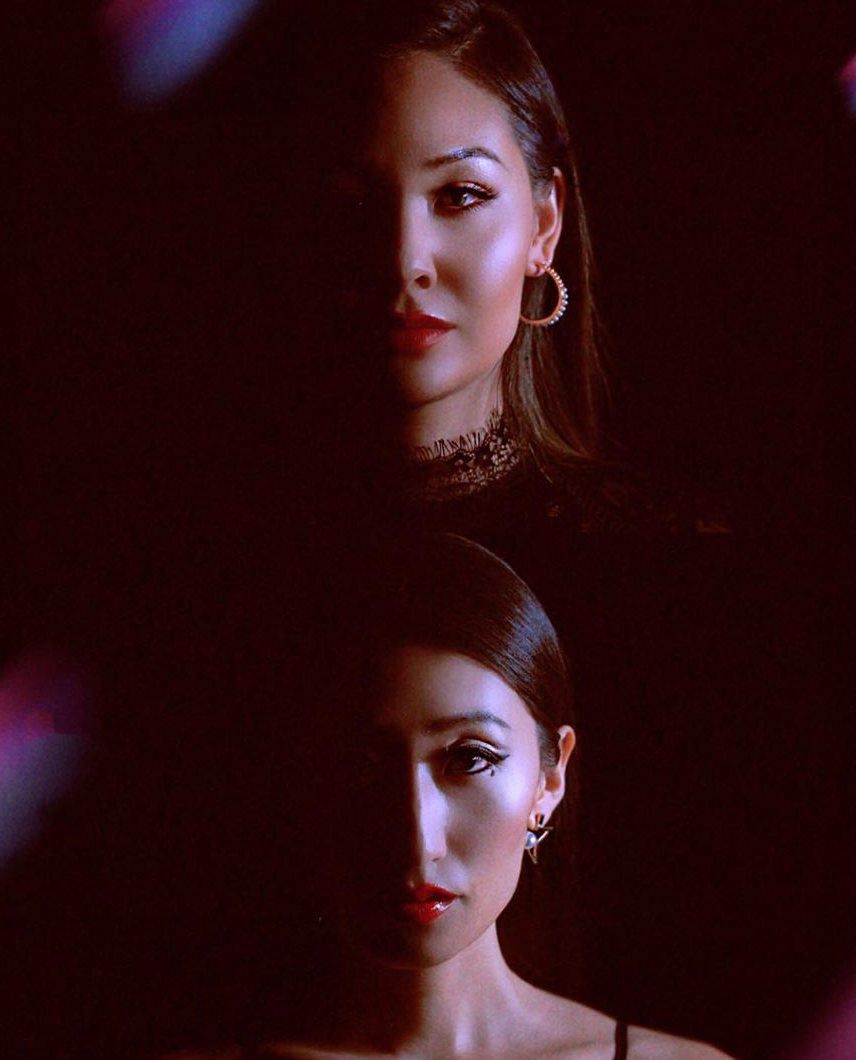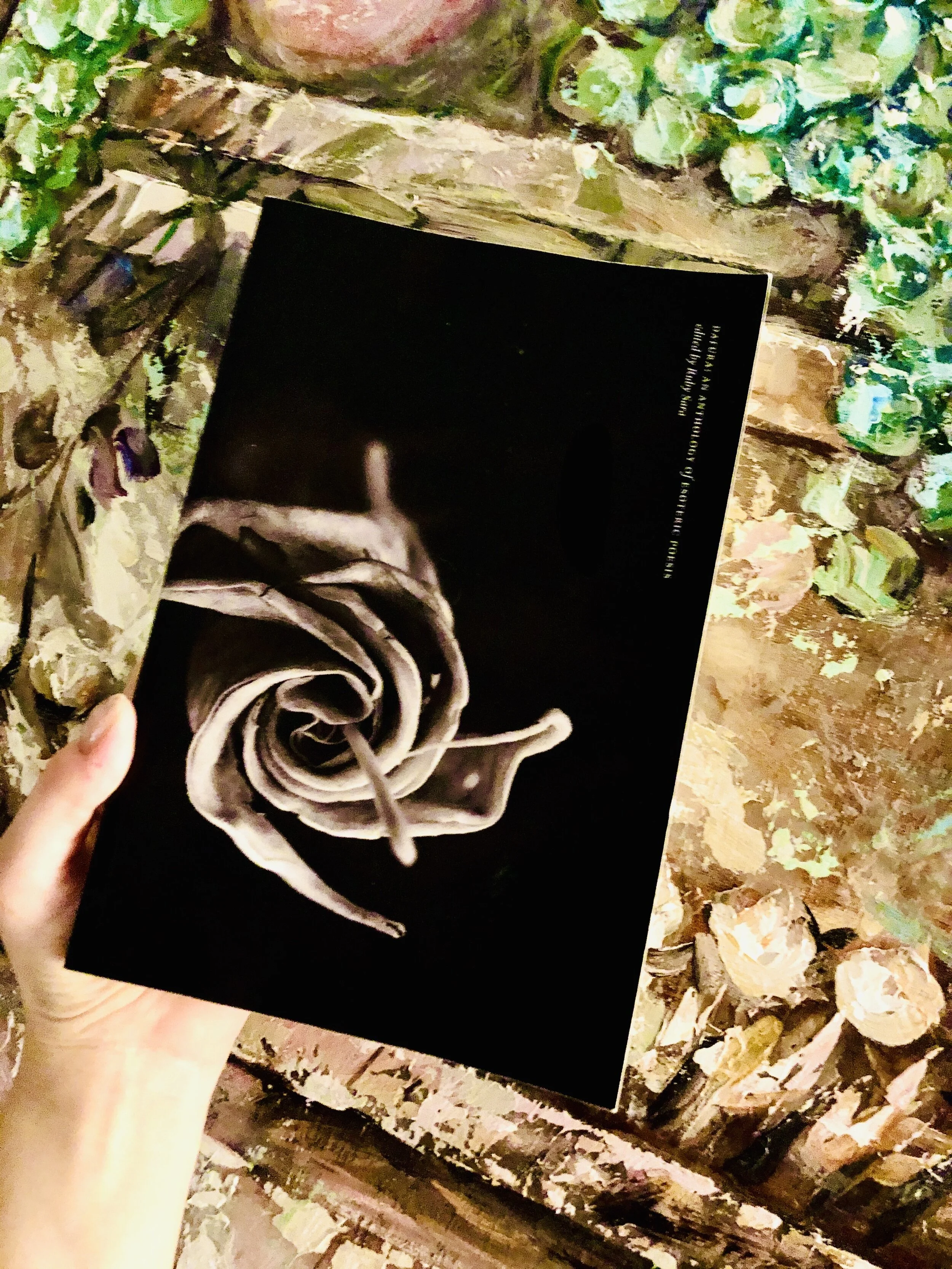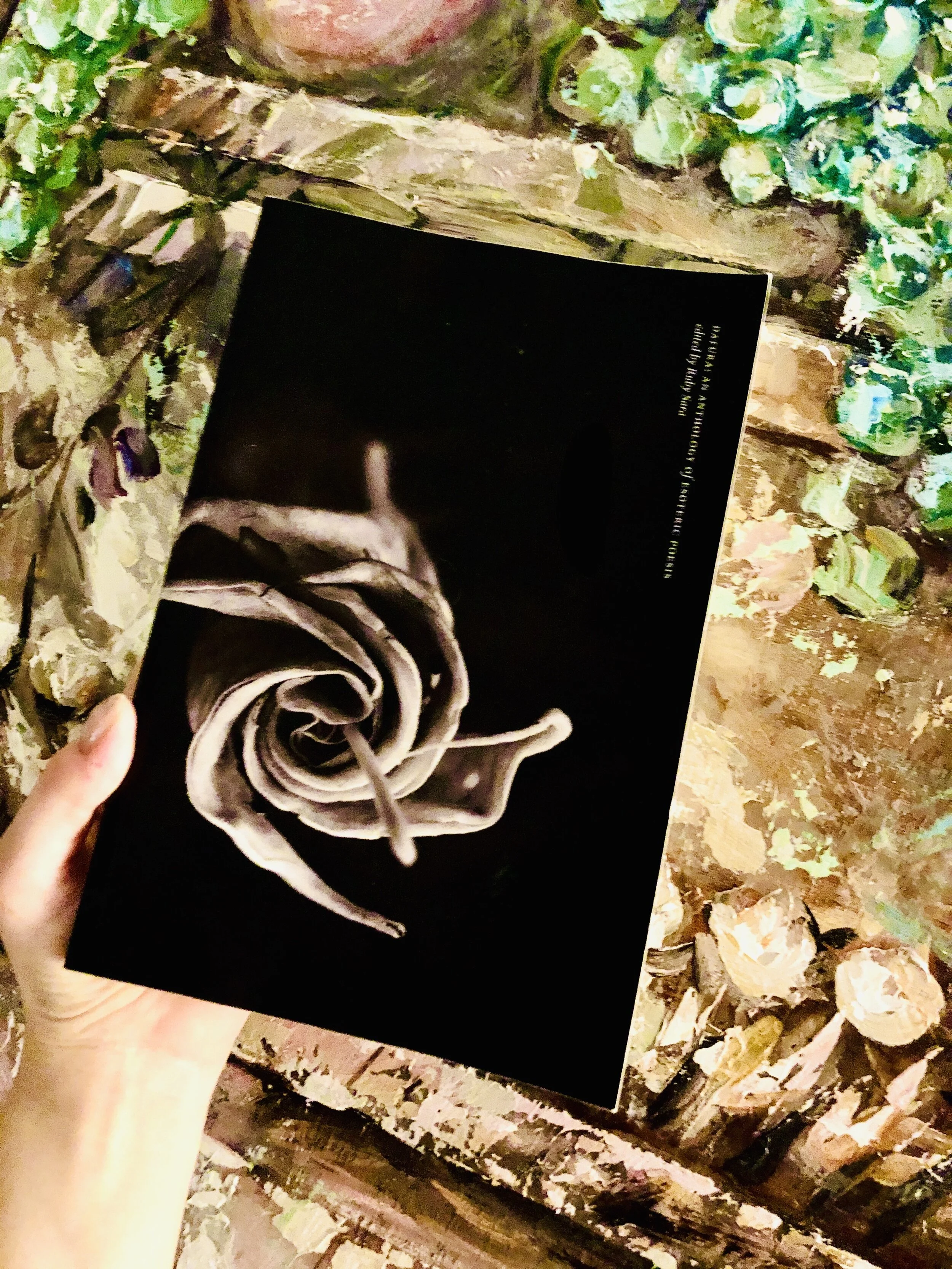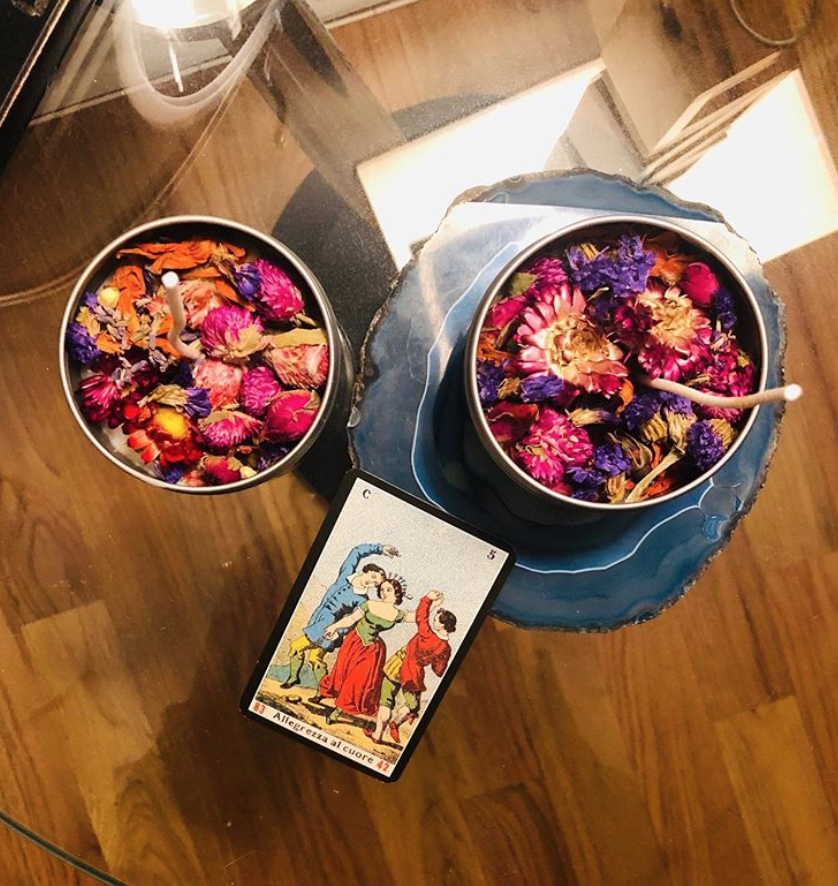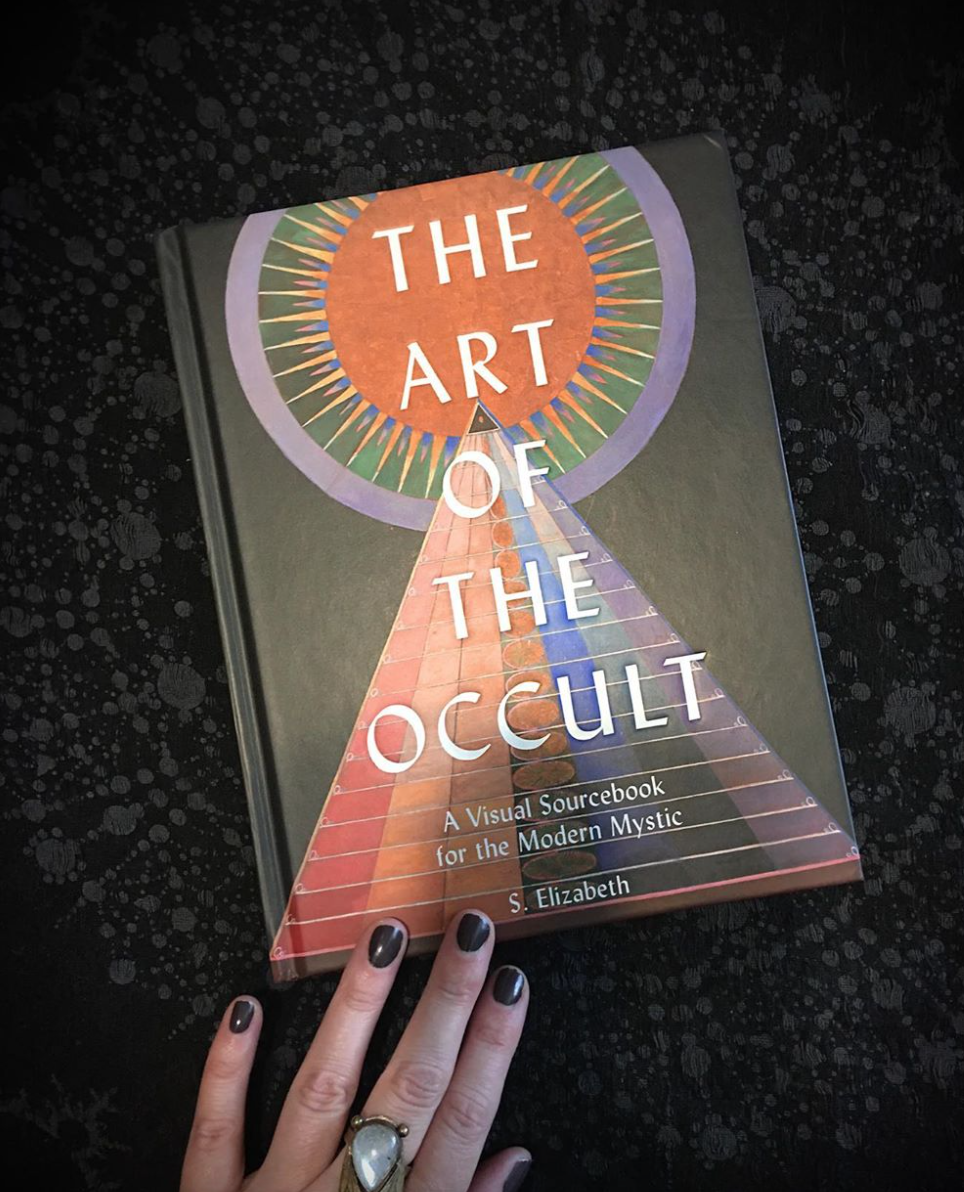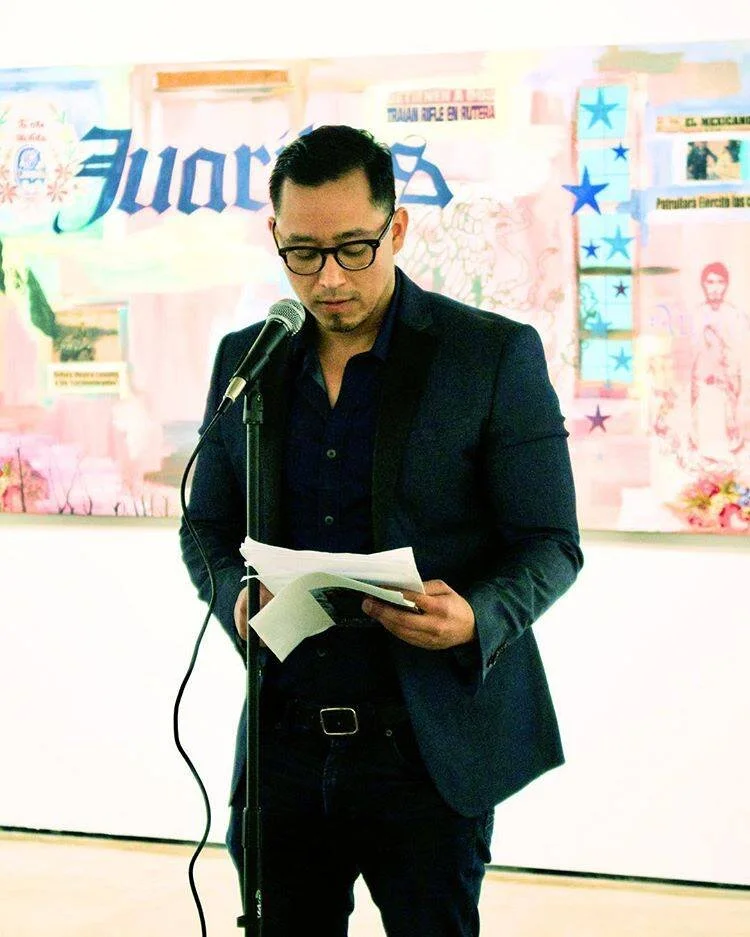I would define my style as “quirky surrealism.” It’s not something I specifically developed; it’s just kind of what comes out of my hands. I began creating a piece of art for each episode because it seemed easier than hunting through stock photography sites for something that fit. I can’t tell you where inspiration for these things comes from—things just pop into my head and I try to replicate it. That’s how the initial pen and ink drawings started. I also began doing a few watercolor paintings as well because they were quick and easy and I could do them in color.
Toward the end of the second season, I started following some pop surrealism artists on Instagram (especially the paintings of Jesús Aguado @jm.aguado), and I became inspired by their work and wanted to try my hand at something similar. My first few works were a combination of oil pastel painting and drawing; pastel has always been my go-to medium for color, and I really enjoyed getting back into it. But, they’re messy and time-consuming, and my husband began grousing about the condition of our dining room as I was working. So, I thought I’d give acrylics a try. I’ve never used them before but I do remember watching my mother paint when I was a young girl, and I took to the medium right away. I’m really enjoying them and will probably stick with them for a while until I become bored and move onto something else.
As for what to express visually for each episode? I try to think of what piece of someone’s story would be the most visually impactful. When I picture the story, what do I see in my mind? And is it something I think I can pull off with a paintbrush? There’s not much more to it than that. The great thing about working with acrylics is that if I don’t like something that I started, I can always paint over it!
What about the YouTube channel? Why stop motion and how does this function as an extension of the podcast?
Our stories are home-grown (hence the “Homespun” in Homespun Haints) but they’re also on the bizarre side. Therefore, I’ve steered away from doing anything too polished visually for the aesthetic of the podcast—I want it to retain a little of that slapped-together feel.
I grew up in the eighties, when stop-motion animation was everywhere, from Claymation shows to special effects. For me, this technique always existed between the realistic and the strange. Plus, I do digital art all the time for my day job and it’s really relaxing to just stop and create with my hands.
Stop motion animation is also quirky, funny, and old-fashioned, just like many of the ghosts we talk about on the show. This style of animation also gives me a chance to create videos from hand-drawn components, just as the art that illustrates the episodes is hand-drawn. Every once in a while, I’ll accidentally get my thumb in a frame as I move pieces around and I just leave it. Those little mistakes just augment that homespun feel.
Now tell me about the music. What is the process behind creating the music for each episode and how does it impact the storytelling aspects of your podcast?
I have several pieces of music that I’ve composed, performed, and produced that I use and re-use throughout the episodes. I generally change it a little from season to season (the first season was piano, the second was digital music, the third is the organ and violin). I came up with the theme song when we first started the show by messing around on the keys; everything since then has been some sort of variation on that theme.
Now for the more detailed answer. I’m a classically trained violinist with strong ties to the bluegrass fiddling of my home area. After I moved to Chicago, I became bored with classical violin and fiddling and started performing with progressive rock and glam rock bands. For eight years, I played in every bar throughout the Hyde Park, Rogers Park and Wicker Park neighborhoods. One stipulation for me being able to play with these groups was I had to learn how to improvise. When you’re hungry, you’ll learn how to do anything. So, I spent nearly a decade refining my improvisation chops.
When I started the podcast, I had barely touched my violin for ten years. Hence, the piano. But quarantine altered everyone’s fate. I accidentally formed a band with some neighbors one drunken night, and before I knew what was happening, I was shredding on the old fiddle again. A few months later, I seem to have acquired a great deal of equipment, pedals, cables, and other strange musical items that just keep appearing in the living room. At one point, a Theremin even showed up.
Now, whenever we need new music for the podcast, I pull on those violin improvisation skills of yore. I’ll pull out my fiddle, go up to a mic, and mess around until something I like comes out. Then I create variations on that, and use editing software to mix, loop, overlap, and combine the tracks until it sounds like something that works with our show.
As for how it impacts the storytelling? I am committed to never using music to enhance or detract from our guests’ stories. Therefore, we only use it at the beginning, end, and interludes in the podcast. Music never flows over our guests’ words. I believe the story itself is enough and adding anything to it would be a disservice to the speaker’s words.
In the production, how do you manage to enhance the oral storytelling (with guests who may not always be natural storytellers) without stripping them of their individual voice?
This is a tough one, but something I’m quite proud of. In a heavy edit, I may move pieces of someone’s story around so that it flows a little better—for instance, if someone accidentally tells the end first, and then says “Oh I forgot to mention….” I may even add extra spaces in between sentences to build suspense if a guest is nervous and speaking quickly. I will often remove excessive filler words (uh, um, like, you know). But I never touch colloquial language. I would never alter an accent. And, we always give the guest the opportunity to listen to their episode before it airs.
Most guests, however, do not require heavy editing. We’ve found that most people, whether they realize it or not, are natural storytellers. Most of our job is just to help them be comfortable, help them figure out a good starting point, and then sit back as the story flows out of them.
What do you feel like folks outside of the paranormal community get wrong about it?
Oh, that’s a tough question. I think there may be the assumption that people who enjoy paranormal stories or who are involved with paranormal events, are a bunch of “scary devil-worshipping creeps.” But in actuality, every single person we have met has been an amazing human being. I think people who love this stuff are used to being on the outside; they have a lot of empathy for anyone else who is used to not fitting in. And they’re just the nicest people ever.
I think there’s also a belief that anyone who believes in ghosts is either completely ungrounded in reality or is trying to take advantage of gullible people (think common beliefs about fortune-tellers and palm-readers). My co-host, Diana, is a former physician with some pretty hefty scientific training under her belt, and our guests are down-to-earth people that just happen to have had some unexplainable experiences. When we’ve interviewed spiritual mediums (and we’ve had quite a few on the show), they are also very truthful about their abilities and their beliefs and have no intention of taking advantage of anyone. In general, we’ve found a great group of people, we’ve formed some strong friendships, and we’re so excited to be a part of such a warm and inviting community.































